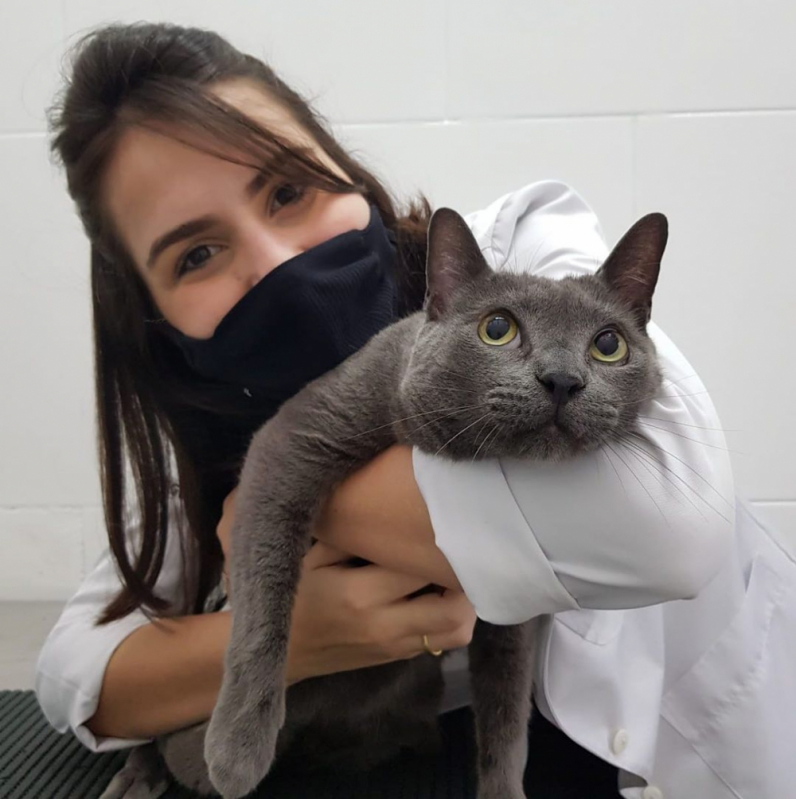HEART RATE CALCULATION
Last but not least you presumably can read what quantity of QRS complexes there are and calculate how many there are over a time interval and you will have the guts price. An ECG tells your vet a number of things about your pet's coronary heart. It gives the rate and the rhythm of the heartbeat along with an understanding of the electrical impulses that are going by way of each section of the heart. Basic interpretation of the ECG may be achieved by asking a number of easy questions when faced with the ECG trace. The most essential aspects of interpretation contain the willpower of the guts rhythm and evaluation of whether the rhythm is regular or not. The ECG may also present clues as to the presence of enlargement of some cardiac chambers. Figure 4 shows a predominant sinus rhythm, interspersed with broad and weird complexes.
Heart Rhythms
A single lead would provide info on only one dimension of present circulate. For the needs of this overview, we’ll focus on lead II, a bipolar lead in which the proper arm (RA—the right foreleg in veterinary patients) is negative and the left leg (LL—or left hind leg), is optimistic (Figure 1). An electrocardiogram (ECG) is a useful diagnostic device in veterinary follow to evaluate coronary heart fee and rhythm, however anecdotally, veterinary nurses seem reluctant to make use of the machine, citing two distinct challenges. First, understanding the way to set up and use the machine accurately, and second, understanding what to search for when it's working.
Fastest Veterinary Medicine Insight Engine
If this check leads to suspected coronary heart disease, an echocardiogram is really helpful in these patients to confirm the presence of heart illness and decide the therapeutic needs of the affected person. The mean electrical axis may be calculated from the magnitude of the deflection of the QRS complex in six leads. This may help to find out if chamber enlargement has taken place or if there is an abnormality of conduction such as a bundle department block. A distance of 15 centimeters from one R-wave is inspected on the lead II ECG strip. The number of R-R intervals in this 15 centimeters is calculated to the nearest half interval.
 P wave enlargement (taller or wider than normal) is acknowledged as an indicator of atrial enlargement. If only a lead II ECG had been performed, there would be query concerning the presence of a P wave on the 4th and sixth complexes from the left. Having only a lead II to interpret, junctional escape beats may have been suspected. However, when trying at the other leads, a P wave is clearly current (inverted in leads III and AVF) and an accurate diagnosis of a sinus arrhythmia with a wandering pacemaker can be confirmed. Causes of wider-than-normal QRS complexes embody ventricular origin (Figure 5), electrolyte abnormalities (hyperkalemia), aberrant conduction (bundle department block), ventricular hypertrophy or sure medications. Is there a P wave for every QRS complicated and a QRS complicated for every P wave?
P wave enlargement (taller or wider than normal) is acknowledged as an indicator of atrial enlargement. If only a lead II ECG had been performed, there would be query concerning the presence of a P wave on the 4th and sixth complexes from the left. Having only a lead II to interpret, junctional escape beats may have been suspected. However, when trying at the other leads, a P wave is clearly current (inverted in leads III and AVF) and an accurate diagnosis of a sinus arrhythmia with a wandering pacemaker can be confirmed. Causes of wider-than-normal QRS complexes embody ventricular origin (Figure 5), electrolyte abnormalities (hyperkalemia), aberrant conduction (bundle department block), ventricular hypertrophy or sure medications. Is there a P wave for every QRS complicated and a QRS complicated for every P wave?VENTRICULAR BIGEMINY
It may even spotlight and clarify a variety of the extra frequent arrhythmias seen. Any arrhythmia affecting the P wave represents changes in atrial conduction. Any arrhythmia affecting the QRS complicated represents changes in ventricular conduction. Arrhythmias involving the atria are categorized as supraventricular. Arrhythmias involving the ventricles are termed ventricular. Heart Rhythm - Analysis of the ECG outcomes may help establish the precise arrhythmia that's present and the probably underlying explanation for the abnormal coronary heart rhythm. The necessary information your vet shall be in search of is that the shape of the wave is correct and the distance between the assorted components of the wave.
ECG interpretation
Normal rhythms are usually either common, or frequently irregular. An irregularly irregular rhythm is sort of always abnormal. The most common rhythm of this sort is atrial fibrillation; this sounds chaotic. Auscultation is a more sensitive means of figuring out the regularity of a rhythm. P-waves and QRS complexes may come up concurrently and but not be related. This tends to indicate as an inconsistent relationship between the two and implies the presence of separate ventricular and atrial rhythms.
The complexes are tall and slender because they originated in the atria.
Overview of Electrocardiogram Interpretation








